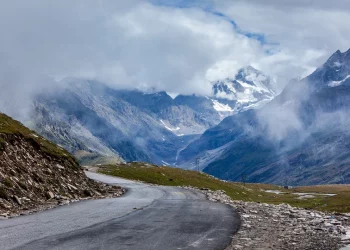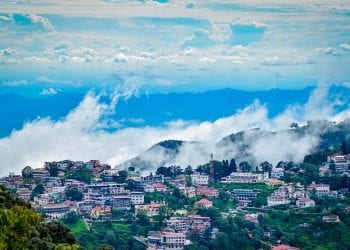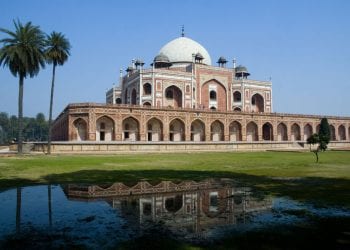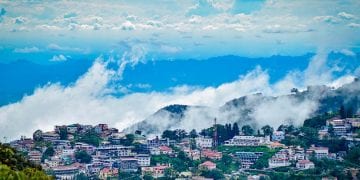5 Reasons Why Exploring Belum Caves Should be on your travel list
Who wouldn’t want to explore a dusty old cave which boasts of housing cave people, Jain monks and Buddhist saints in the past? As every Indian worth his/her penny knows, the Buddhist and Jain movements brought about a new change in the Indian lifestyle which was unprecedented. Their effects on the social stratification of the Indian society which refused to evolve from the Vedic ages was exemplary.
And the Belum caves hold a special position in both the doctrines as these caves were used by both Jain and Buddhist monks, albeit at different times. The legacy of these monks along with the priceless earthenware retrieved from the caves, make them a hotbed for tourists yearning to get a taste of the rich cultural heritage of India. You can explore Belum Caves, Andhra Pradesh and get to know a lot about the Indian cultural historiography than any book would ever tell you.
When and how to go

Exploring the Belum caves may be slightly tricky due to the subterranean location of the caves. On any given route of the cave, one has to walk around for an hour amidst slightly lower concentrations of atmospheric oxygen which makes it a tad bit difficult to breathe. Hence very stable and pleasant weather is needed for this. So the ideal time to undertake a trip to the Belum Caves is the winter season.
The caves are situated near a village which shares its name with the caves. The Belum Village is located about 100 km away from Kurnool. One can hire buses and taxis from there. The cities of Hyderabad and Bangalore also have buses and taxis to take one to Belum caves. The nearest airport is the Tirupati Airport which is situated around 250 km away from the caves. The nearest railhead is Tadipatri which is about 30 km away from the caves and has cabs to take one to the caves from thereon. Here is your comprehensive Belum cave travel guide before you plan your trip.
About Belum
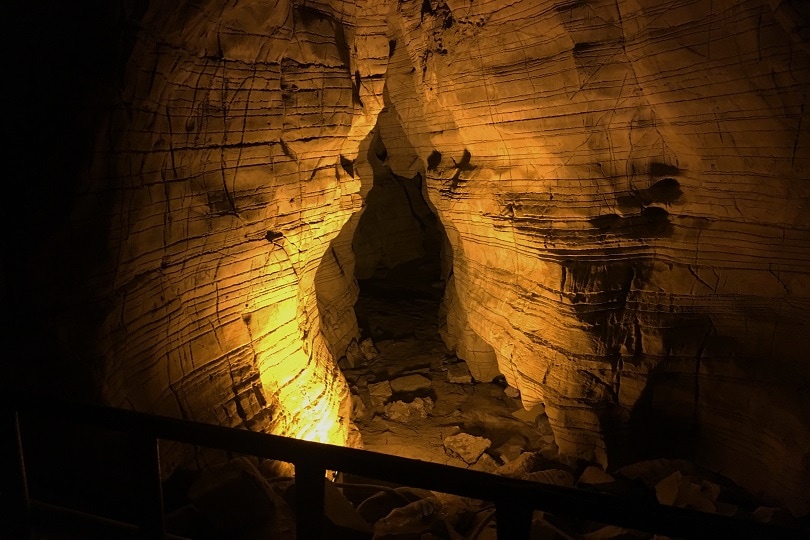
Belum Cave, in spite of being well-known to the local masses, only came into prominence when the British archeologist and geologist Robert Bruce Foote ‘discovered’ it in 1884. Since then a plethora of earthenware dating back to 4500 BC has been unearthed at the spot along with the vessels and utensils used by the Jain and Buddhist monks at later dates.
The caves formed over a million years into the structure that they are today. The limestone and brine at the caves got accumulated over many millennia to give it the amazing structural integrity and shape that it has today. The stalactites and stalagmites on carbon dating show the extent to which they had developed.
Ever since the cave opened for the common public in 2002, this has become one of the crown jewels in possession of the tourism department of Andhra Pradesh. The cave is the largest network of caves open for public viewing and the second largest overall after Meghalaya’s Krem Liat Prah which has been closed to the public due to the perilous condition that it presently is in. Of the three and a half kilometers of the cave which has been explored so far, the tourist are allowed into only one and a half kilometer because of safety reasons.
5 Reasons why you should definitely take a trip to Belum
1. Patalganga
This is the subterranean stream which flows through the Belum Caves all year round. The stream erupts from and submerges underground inside the cave. Archeologists and geologists have failed to answer the source of the stream or its outflow. The only thing that they can certainly say about the stream is that it helped in the formation of the stalactites and has also contributed towards the structural development of the caves.
The Three Sinkholes
Due to the continuous flow of the Patalganga over the rocks, three sinkholes have been formed on the cave floor. Ever since their discovery, the sinkholes have kept geologists utterly engrossed and befuddled at the same time. These sinkholes are a geologists’ feast, anytime, anywhere. The subterranean water flow of the Patalganga has influenced the formation of the sinkholes almost completely.
3.Saptasvarala Guha
The literal translation of the name of this chamber in the cave into English is ‘the chamber of seven notes’. There is a reason behind the unique nomenclature of the lake. This particular chamber has musical properties. When the walls of this chamber are hit with knuckles, branches or anything else, they produce musical notes. Legend has it that one can play all notes on the walls if only they knew the correct spots.
4. Kotilingalu Chamber
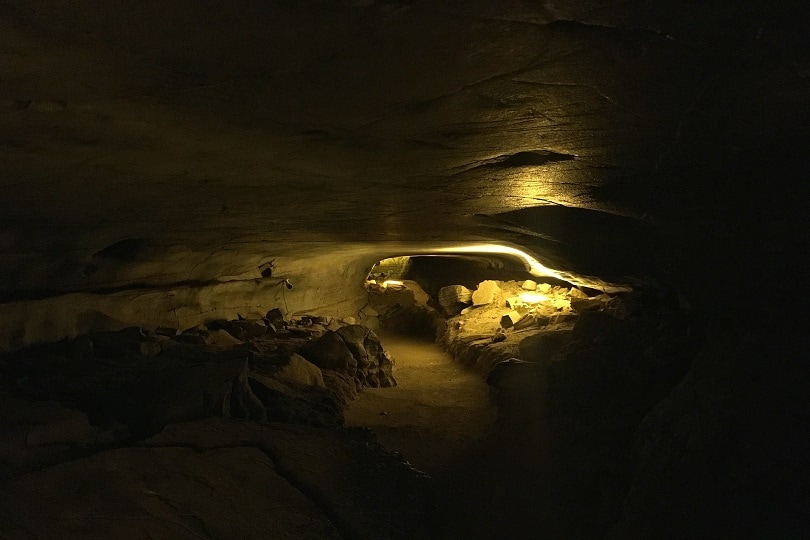
The literal English meaning of the name of this chamber is the room with ten million idols of worship. The lingams are all formed of stalactites. The curious shape of the stalactites led the local dwellers to consider these as idols and in turn make this place into a holy site. One such stalactite formation is the Voodalamari which resembles a banyan tree. There is yet another notable stalactite which resembles a thousand headed cobra.
5. Dhyan Mandir
This chamber comprises of solid evidence that the cave was used by the Jain and Buddhist monks for meditational purposes. There have been stones unearthed which resemble pillows and a bed which suggests that this was the place used by the monks for meditation. Moreover, the utensils retrieved all came from this area of the cave, thus strengthening the belief that the monks resided here at some point.
Other notable attractions nearby
Belum Caves is not the only tourist attraction of the region as this area is filled with tourist hotspots. Some important sites are Yaganti, Oravakallu Rock Garden, Rollapadu Wildlife Sanctuary and Ahobhilam Temple. There is also the Gnadikota Canyon which is considered to be the Grand Canyon of India. All in all, this region promises a grand holiday full of new adventures, history and above all loads of fun. So what are you waiting for? Go ahead and plan your trip. You know you want to.
Recent Posts
Top Picks
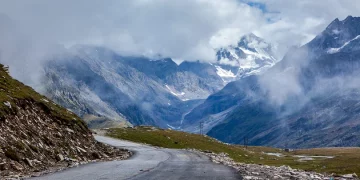
- OYO
 15 April, 2024
15 April, 2024 - Cultural Tour

- OYO
 15 April, 2024
15 April, 2024 - Cultural Tour

- OYO
 15 April, 2024
15 April, 2024 - Cultural Tour

- OYO
 15 April, 2024
15 April, 2024 - Cultural Tour

- OYO
 15 April, 2024
15 April, 2024 - Cultural Tour

Please rotate your device
Please go back to portrait mode for the best experience



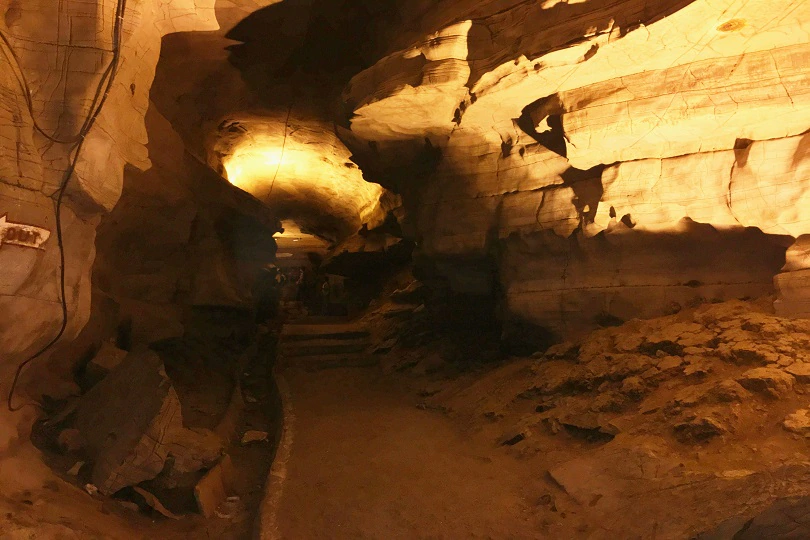

 April 15, 2024
April 15, 2024 